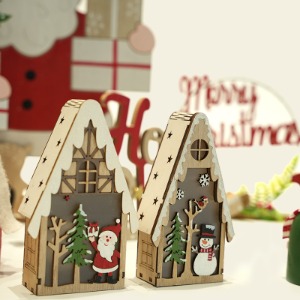In the realm of artistic creation, the role of a Craft Designer to Draw Custom pieces is pivotal, especially when it comes to personalizing drawings for clients. This article explores how these designers tailor their work to meet individual preferences, the factors that shape their custom drawing process, and the delicate balance they strike between creativity and client requests.
A Craft Designer to Draw Custom artwork begins by understanding the client's vision. This initial step is crucial as it sets the foundation for the entire project. designers gather information through consultations, sometimes even requesting mood boards or color palettes from clients to grasp their aesthetic preferences. By incorporating client feedback and specific requirements into the design process, Craft Designers ensure that the final product is not only a reflection of their artistic talent but also a fulfillment of the client's desires.
Several factors influence a Craft Designer's approach to custom drawings. Time constraints, materials, and the complexity of the design play a significant role in determining the project's direction. Additionally, the designer's own style and expertise come into play as they navigate the creative process. The balance between maintaining their signature style and adapting to the client's needs is a challenge that every Craft Designer to Draw Custom must navigate. This balance is achieved by being open to feedback and willing to iterate on designs until the desired outcome is reached.
Balancing creativity with client requests is perhaps the most challenging aspect of a Craft Designer's work when it comes to drawing custom pieces. Designers must be adept at listening to their clients' ideas while also bringing their unique artistic perspective to the table. This requires a collaborative approach, where the designer guides the client through the possibilities of what can be achieved, all the while respecting the client's vision. Effective communication is key;设计师 through regular check-ins and presentations can ensure that the project stays on track and that both parties are satisfied with the progress. By maintaining this dialogue, Craft Designers can ensure that the final artwork is a harmonious blend of their creative input and the client's specific requests.
In conclusion, the role of a Craft Designer to Draw Custom is multifaceted, requiring a deep understanding of the client's needs, a keen eye for aesthetic detail, and the ability to merge artistic vision with practical constraints. By focusing on personalization, considering influential factors, and maintaining a balance between creativity and client requests, these designers can create one-of-a-kind pieces that resonate with their clients and stand as a testament to their craft.

